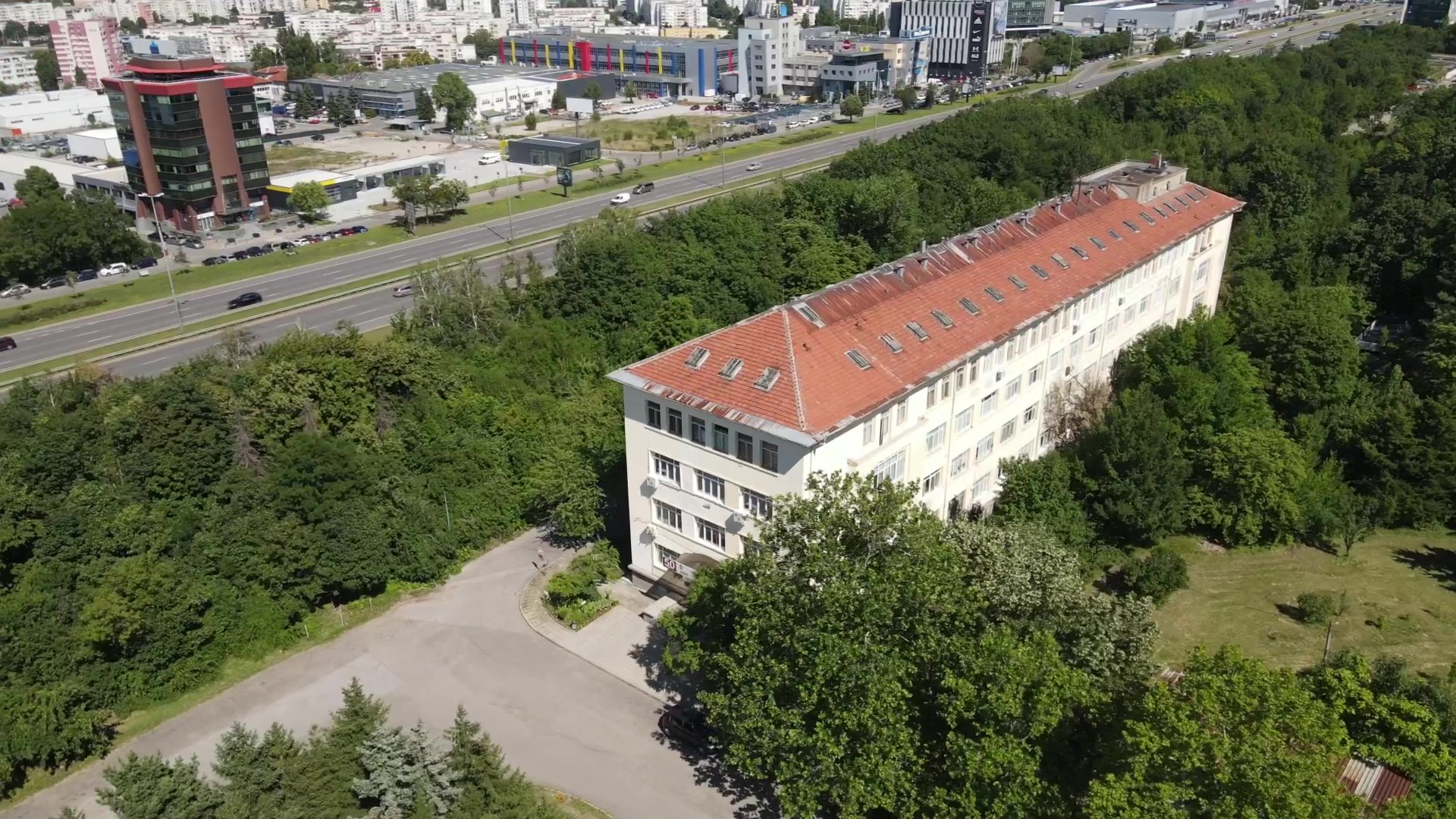
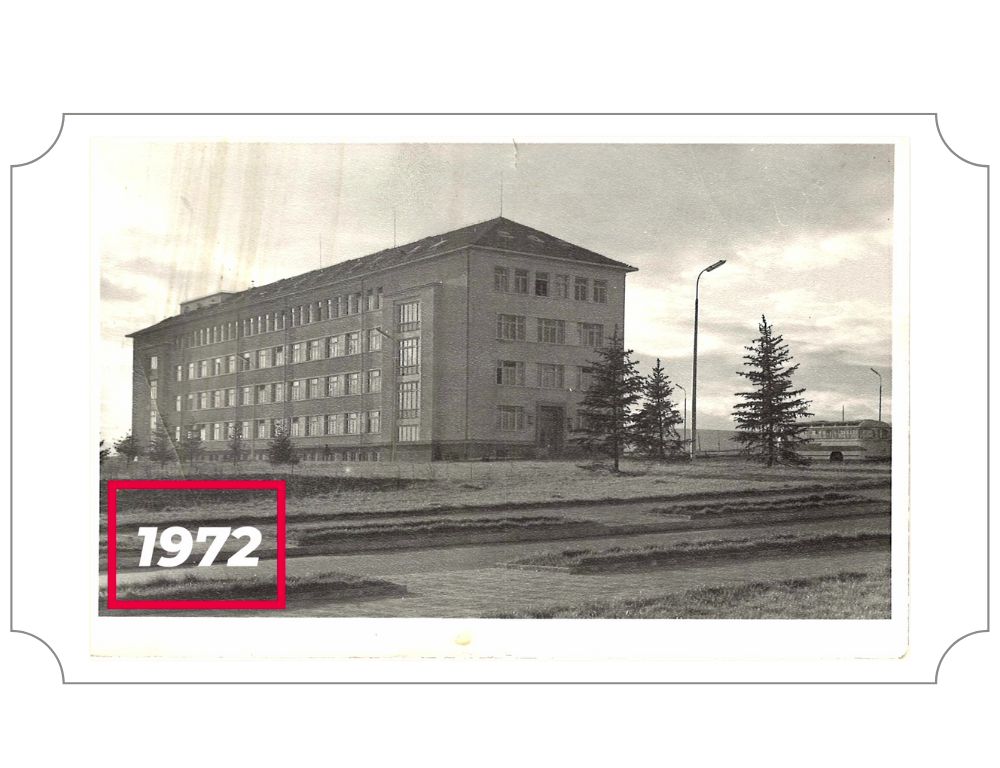
The Institute of Solid State Physics (ISSP) was established by Decree No. 362 of the Council of Ministers on October 16, 1972. As of January 1, 1973, the existing Physics Institute with Atomic Scientific Experimental Base at the Bulgarian Academy of Sciences (BAS) was divided into two independent institutes:
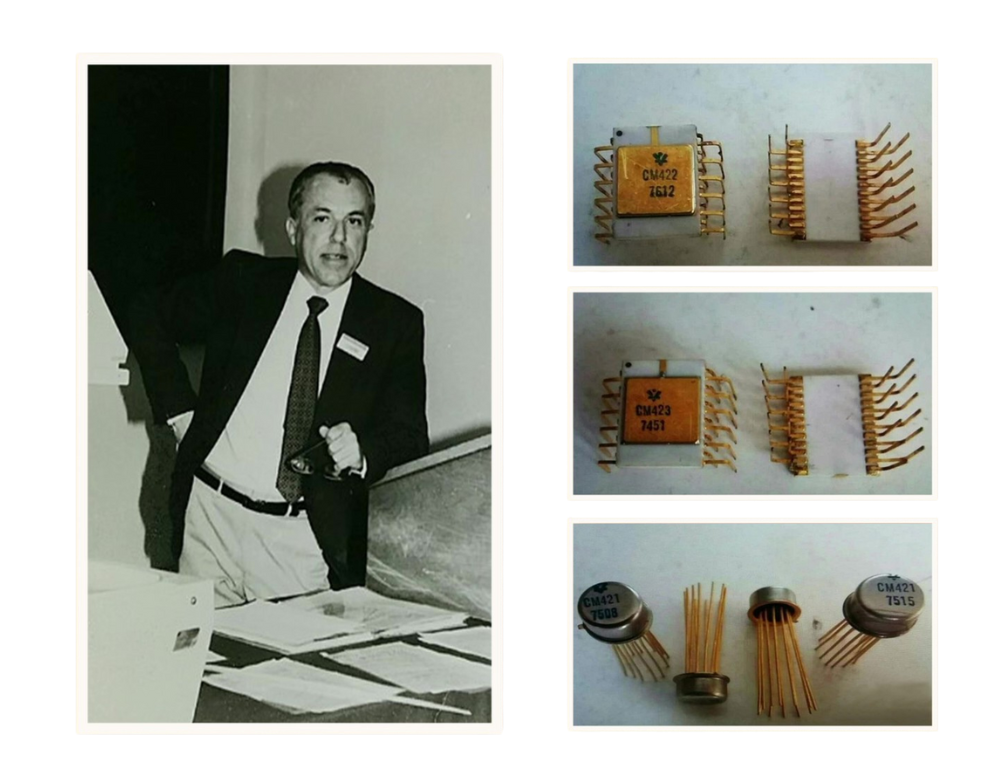
The purpose of the newly founded institute was to conduct fundamental and applied research in areas that would support the development of microelectronics, acoustoelectronics, superconductivity, low-temperature physics, optics, and spectroscopy. The ISSP has successfully achieved this goal, producing significant scientific results recognized internationally and applied in industry.
Over the years, some of its divisions evolved into independent scientific institutions. For instance:

Over the years, ISSP-BAS has established itself as a key research center both in Bulgaria and internationally, thanks to groundbreaking discoveries and applied projects.
Early Contributions to Microelectronics
These advancements positioned Bulgaria among the first countries in the world to start microelectronics production.
Lasers and Photonics
Superconductivity and Quantum Phenomena
Spectroscopy and Material Science
Acoustoelectronics and Sensors
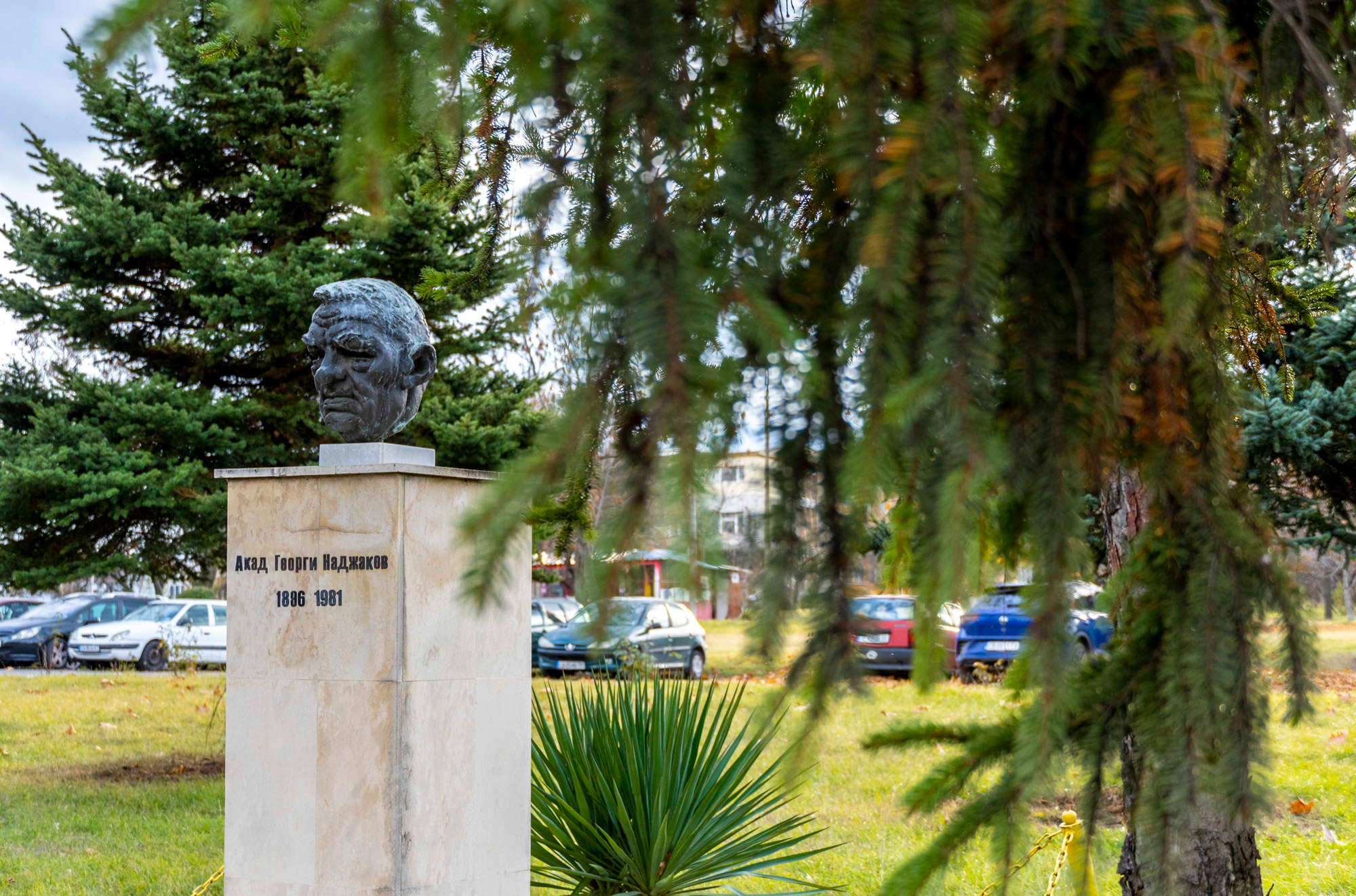
On February 16, 1982, in recognition of its founder, the Institute of Solid State Physics was named after Academician Georgi Nadjakov—a distinguished Bulgarian scientist and the first name recorded in "The Golden Book of Discoverers and Inventors in Bulgaria".
Academician Nadjakov’s research on the photoelectret state of matter laid the foundation for a technology that later led to the invention of the photocopier. His discoveries and scientific vision continue to inspire the institute today, reinforcing its position as a leading research center in the field of solid-state physics.

The Institute of Solid State Physics – BAS has a long history, associated with distinguished scientists whose work has contributed to the advancement of both Bulgarian and global science.
Academician Milko Borissov was a prominent Bulgarian physicist. His numerous scientific contributions in the field of solid-state physics have been recognized both nationally and internationally.
He was a member of BAS and the first director and founder of the Institute of Solid State Physics. His vision and scientific contributions laid the foundation of the institute, establishing it as a key center for research in the field of condensed matter physics.
Senior Research Fellow I Degree, Doctor of Physical and Mathematical Sciences, Nikolay Kirov led the Institute of Solid State Physics – BAS during a period of scientific transformations and international integration (1991–1999).
He specialized in molecular spectroscopy and was head of the Laboratory of Optics and Spectroscopy from 1986 to 2002. He was also one of the organizers and editors of the International School on Condensed Matter Physics, held in Varna since 1980.
Academician Alexander G. Petrov, Doctor of Sciences, led the Institute of Solid State Physics – BAS until 2015. He made a significant contribution to establishing the scientific reputation of ISSP-BAS both nationally and internationally.
Professor, Doctor of Sciences Hassan Chamati led the institute during this period, focusing on modernization, international collaboration, and strengthening the institute’s presence in the European scientific landscape.
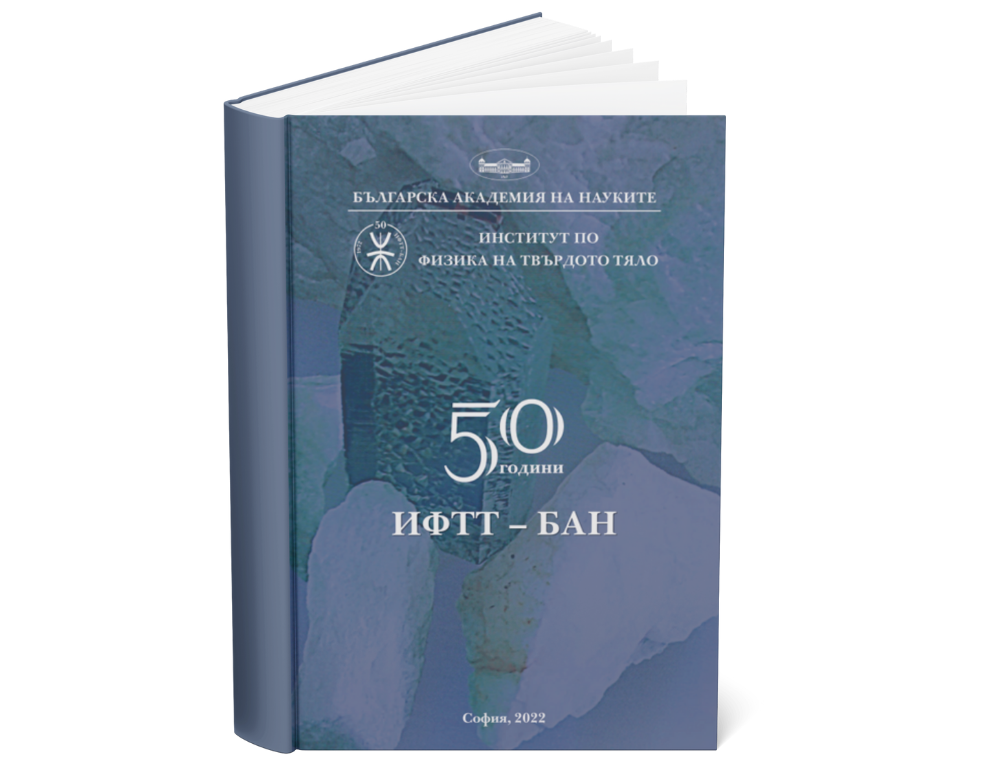
In 2022, ISSP celebrated its 50th anniversary with the publication of a commemorative volume documenting:
Today, ISSP-BAS is a modern research center with leading positions in the European Research Area. Its state-of-the-art infrastructure has been developed with funding from programs such as:
The institute conducts high-quality interdisciplinary research in two main areas:
The focus is on: